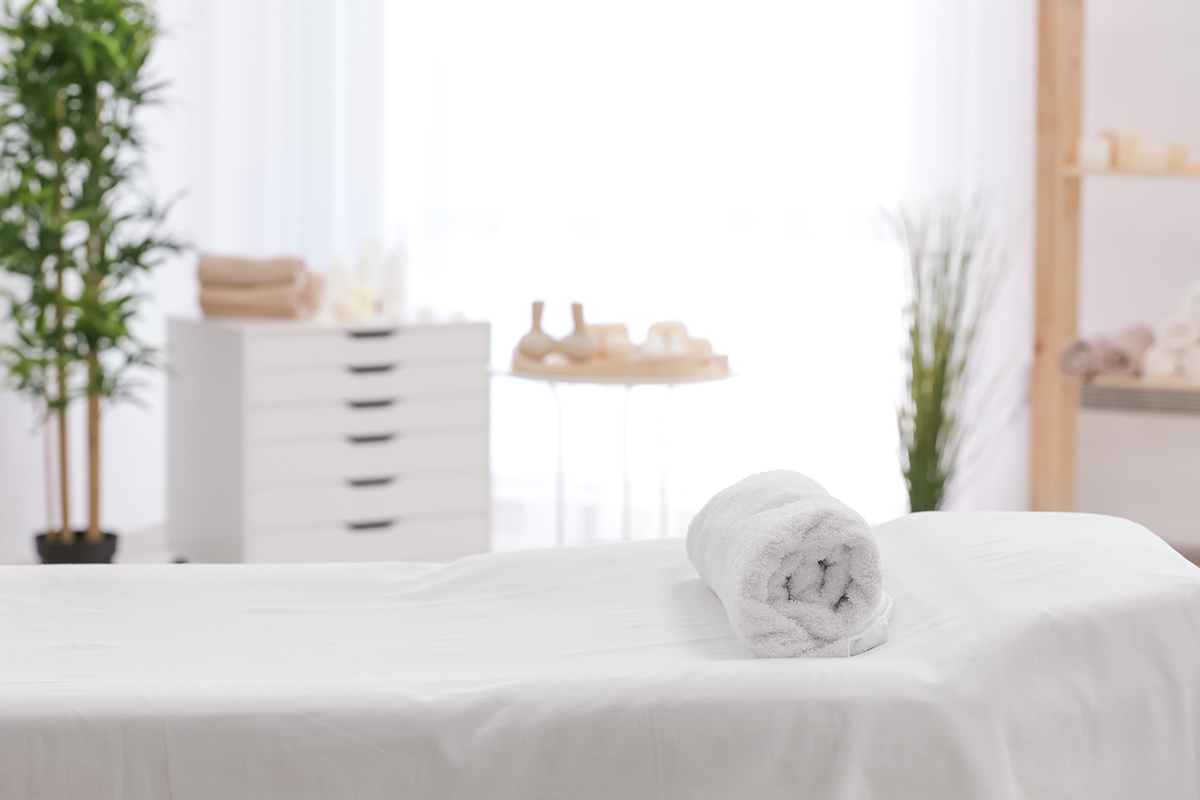Many massage therapists choose the freedom of working for themselves and owning their own massage business. While some have the ability to work from home, there are many who either don’t have the space to do so, or prefer a workplace they can call their very own away from their home. Unfortunately, the cost of setting up and buying a location can be expensive, so many massage therapists choose to rent a space for their business instead. If you’re considering renting a space for your massage business, here are a few tips that will help you simplify the process.
1. Permits and paperwork
Before you get started on looking for a space, there are a few things to sort out:
- Register for an ABN: If you’re running your own business, one of the first necessary steps is to obtain an ABN (Australian Business Number). This is a simple process that can be done online. It’s free to register for an ABN and doing so will enable you to engage with the Tax Office, as well as register for GST and other various taxes.
- Obtain Association or Industry body membership and professional indemnity insurance: On completion of an accredited massage therapy course you will be able to join the MMA or IICT. Discover Massage Australia’s therapy courses are industry-recognised, and once completed you’ll also be able to obtain insurance from the International Institute for Complementary Therapists and the Massage Association of Australia, who specialise in providing insurance products and resources that real therapists in the industry actually need.
2. Finding the right location
Your chosen rental space needs to be in the best possible location for you and your clients. Because you’re in the field of massage and provide relaxation services, you want to make sure the location is quiet enough for customers but also somewhere people can easily find you. There are a few considerations when determining the perfect location for your massage space:
- Close to home: Factor in your commute time and how long you’re willing or able to spend travelling to your workplace.
- Size: Determine how much space you’ll need – this is particularly important if you’re looking to hire additional employees. Will you need multiple treatment rooms? What type of layout will provide the most efficient and functional space? In addition to thinking about how much work space you’ll need, you should also consider whether you’d like a reception area or front office area where customers can be greeted and have a comfortable place to sit while they wait for their treatment. Also factor in the need for areas for staff such as a kitchenette, restrooms, or office. The more you detail these factors, the easier it is to find the best space.
- Parking & amenities: Your parking needs will differ based on the number of employees and clients you’ll have. Will a business space with street parking suffice, or will you need designated parking spots to accommodate all your clients and employees? Having sufficient parking space is important.
- Access: Easy access to your business premises makes it easier for clients to visit your location. Try to factor in nearby bus stops or access to public transport, and whether there’s enough off-street parking. Clients who have to navigate busy freeways and congested streets may find it too difficult to make it to appointments.
- Security: Is your space located within a secure building? Is there ample security in the form of cameras and night guards? Having sufficient security will give you peace of mind and prevent potential risks, such as thefts and property damage.
3. Negotiating the lease
Before entering a lease, you’ll have a chance to negotiate with the landlord or agent. Negotiations can include anything from the term of lease, rent, options to renew, operating costs, and any other related expenses involved in renting a massage space. Usually a lease will be prepared by the landlord’s solicitor. It’s a good idea to read through the agreement in detail and pin-point the non-negotiables. Remember to not be pressured into signing anything without the second opinion of your legal or financial representative. Depending on the demand of your chosen location or past tenants, you may be able to negotiate a longer lease. Some general advice is that if you’re a start-up, stick to a shorter lease term since you might not know how long you’ll be in the one space. If your business is thriving, you can consider signing up to a long-term lease.
4. Costs of setting up your massage space
Before agreeing to any legalities, it’s wise to prepare a budget for your massage space. Determine your rent costs along with the cost of any furnishings and equipment you’ll need. Your lease contract should clearly outline who’ll bear what expense, including costs related to repair and maintenance or certain shared utilities. A good way of determining your ideal budget is by multiplying the average rental price per square foot by the space your business needs, and then adding in maintenance and utility costs.
Start your professional journey with an accredited massage course
Discover Massage Australia provides industry-recognised qualifications, allowing you to start your own massage business the right away. Upon completion of one of our courses, you’ll be provided with licensing and the ability to purchase Professional Indemnity Insurance, allowing you to practice professionally and legally, and ultimately rent your own space for your business.

